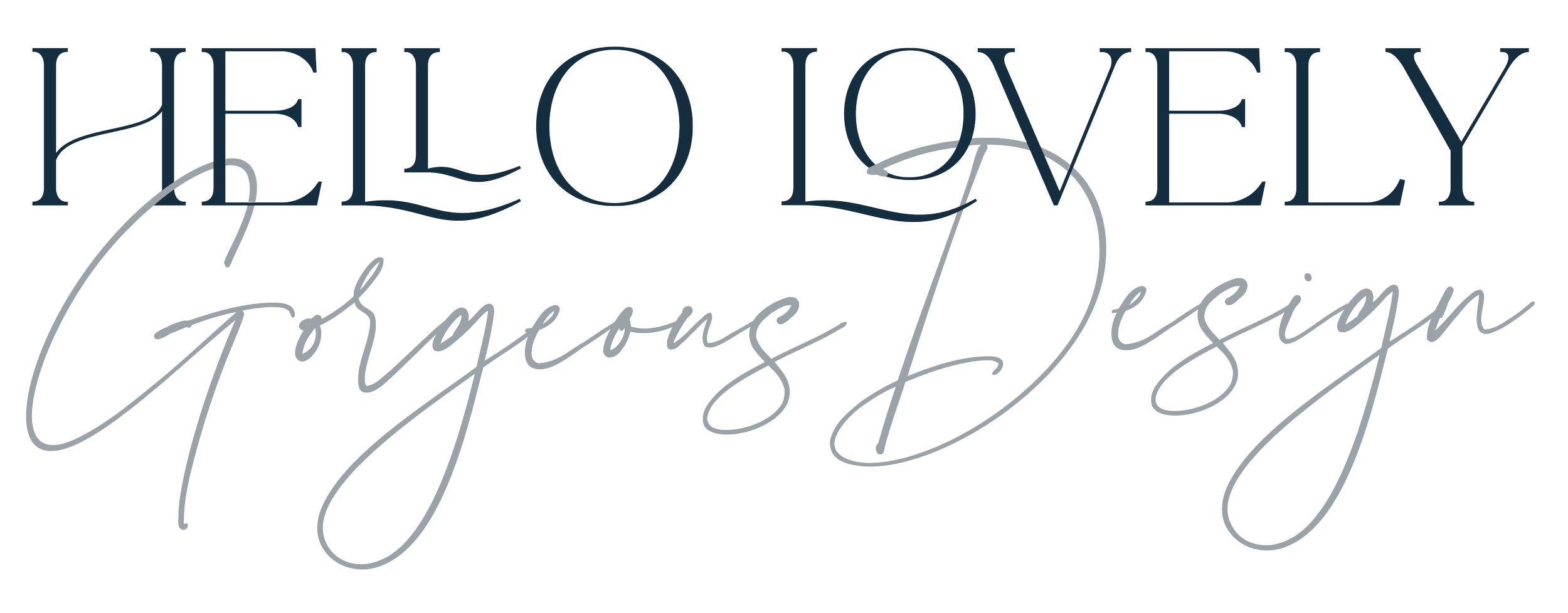What is an ISBN?
An ISBN consists of five sections. Each part is separated by spaces or hyphens. Three of the five parts may be of different lengths and comprise:
Prefix element – either 978 or 979. It is always 3 digits in length
Registration group element – this is geographically specific and linked to country, region, or language. This part may be between 1 and 5 digits in length
Registrant element - this details the particular publisher or imprint. This may be up to 7 digits in length
Publication element – this identifies the edition and format, it can be up to 6 digits in length
Check digit – this is always the final single digit that validates the rest of the ISBN. It is calculated using a Modulus 10 system with alternate weights of 1 and 3.
What are ISBNs used for?
They’re an identifier for a book, in the same way you scan a box of tea at a shop. Publishers, online retailers, libraries and bookshops will use them in the supply chain to order and list the book. They are used in sales reports and stock control.
What does it do?
It identifies the registrant as well as the specific title, edition and format when they are assigned to text-based multi-page publications (i.e. one-off publications - journals, newspapers, or other types of serials have ISSN numbers). It doesn’t matter what form the content takes or how it’s distributed; but each product form (e.g. paperback, EPUB, hardback) should be identified separately.
Does an ISBN protect me from copyright?
No, not in the UK.
Is an ISBN compulsory?
An ISBN is not a legal requirement in the UK at this time (but it is in other countries). Unless you are convinced you won’t want to sell your book in shops now or in the future, an ISBN and bar code is necessary. Your cover design should be designed to include the barcode, typically at the bottom of the back cover.
How do I get one?
ISBNs are available from the Nielsen ISBN Agency (the UK and the Republic of Ireland only). Note that you cannot pass on unused ISBNs to other authors, or request an ISBN from a publisher to be transferred to yourself or your company. Be ware of offers to sell ISBNs on Fiverr, it’s illegal.
The ISBN is broken down into group identifier, publisher identifier and a title identifier. This means that all ISBNs in the batch allocated to you will show your publisher identifier, and all products identified by ISBNs from your batch will be considered as being published by you.
Some book publishers will offer ISBNs to you as part of their service if they are editing, proofreading, designing a cover or printing your book. You can buy individual ISBNs by joining the Independent Publishing Network and Nielsen ISBN Agency will sell blocks. Create Space provide free ISBNs if you publish with them.
Amazon provides barcodes and ASIN for you which is not the same as an ISBN and you would still require an ISBN for non-Amazon outlets.
I can create your barcode for your cover from your ISBN data if I’m designing your full book cover. Get in touch to find out more.
Takeaway
It will make your book appear professional, and – most importantly – if you want to sell your title through major bookselling chains, or Internet booksellers, they will require you to have an ISBN to assist their internal processing and ordering systems.
